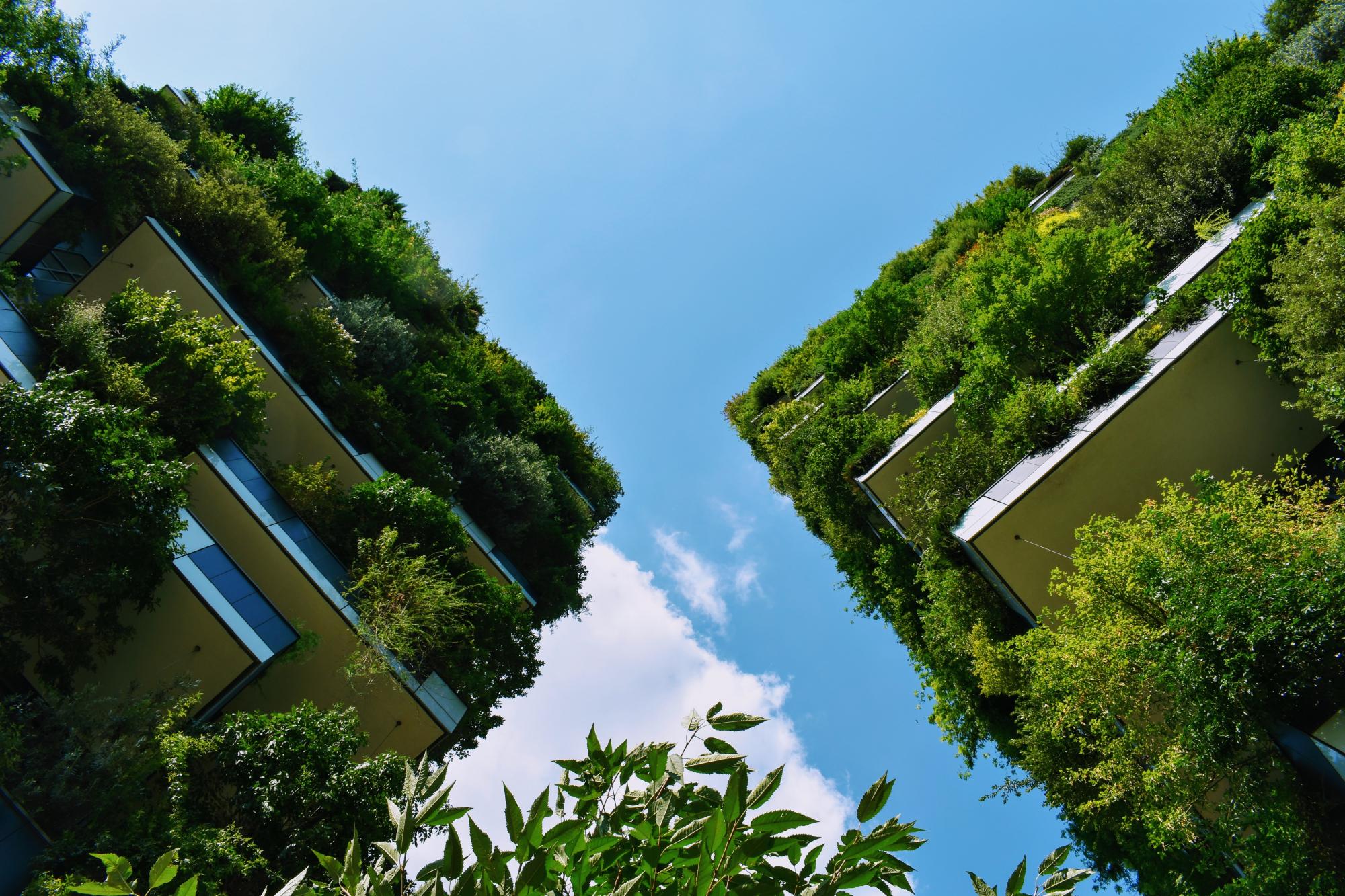Last updated: October 2021
As part of their school curriculum, engineering students from the engineering school "ESIGELEC" (École supérieure d'ingénieurs en génie électrique, in english Graduate School of Electrical Engineering) had to carry out a Project of Initiative and Creativity. They have chosen to build an indoor garden with an intergenerational component in the Lamauve retirement residence in Rouen in collaboration with Saint-Léon primary school (Ref. 1).
Overview
Nature-based solution
- Nature in buildings (indoor)
- Green walls and ceilings
Key challenges
- Green space, habitats and biodiversity (SDG 15)
- Green space creation and/or management
- Social justice, cohesion and equity (SDG 10)
- Environmental education
- Social cohesion
- Social interaction
- Health and well-being (SDG 3)
- Enabling opportunities for physical activity
- Creation of opportunities for recreation
- Economic development and employment (SDG 8)
- Economic development: agriculture
Focus
Creation of new green areas, Knowledge creation and awareness raising
Project objectives
-Create an interior garden (Ref. 1)
-Share knowledge and know-how around a multidisciplinary theme: Nature! (Ref. 1)
-Establish an intergenerational link through manual and artistic activities ..." (Ref. 1)
-"The aim is to give an animation to the elderly but also to teach some values and knowledge to young students." (Ref. 2)
-Develop creativity (Ref. 1)
-Sharing between several generations around a playful project (Ref. 1)
Implementation activities
-"Residents took part on the game and transmitted a fairly precise specification of their desires. We install mainly flowers because they claim color"
-"On the structure (for the vegetal wall) of about two meters by four meters, modules are adaptable to all residents and their possible mobility problems."(Ref. 2)
-Handicraft and artistic activities (Ref. 1)
-"Students have organized food sales at school to finance the purchase of the equipment, as we are not allowed to self-fund" (Ref. 2)
-An educational mission: the students from the engineering school adapted to the school curriculum of CE2 class (4th grade), for example to explain how a plant works. (Ref. 1)
Main beneficiaries
- Public sector institution (e.g. school or hospital)
- Researchers/University
- Citizens or community groups
- Marginalized groups: Elderly people
- Young people and children
Governance
Management set-up
- Led by non-government actors
Type of initiating organisation
- Researchers/university
Participatory approaches/ community involvement
- Taskforce groups
- Dissemination of information and education
- Consultation (e.g. workshop, surveys, community meetings, town halls)
- Joint implementation (e.g. tree planting)
Details on the roles of the organisations involved in the project
Students from the engineering school "ESIGELEC" are the main initiator of the project. (Ref. 1)
Primary school students are also helping in this project in their schools (Ref. 2)
Partners are the retirement housing called "La résidence Lamauve", the primary school "Saint-Léon", and the students from the engineering school "ESIGELEC". (Ref. 1)
Project implemented in response to ...
... an EU policy or strategy?
Unknown
... a national policy or strategy?
Unknown
... a local policy or strategy?
Unknown
Financing
Total cost
Unknown
Source(s) of funding
- Other
Type of funding
- Unknown
Non-financial contribution
Type of non-financial contribution
- Provision of labour
Who provided the non-financial contribution?
- Citizens (e.g. volunteering)
- Other
Impacts and Monitoring
Environmental impacts
- Green space and habitat
- Increased green space area
Economic impacts
- Increase of green jobs (e.g. paid employment positions)
- Generation of income from NBS
- Other
Socio-cultural impacts
- Social justice and cohesion
- Improved social cohesion
- Improved access to urban green space
- Increased visibility and opportunity for marginalised groups or indigenous peoples
- Increased opportunities for social interaction
- Education
- Increased support for education and scientific research
- Increased knowledge of locals about local nature
Type of reported impacts
Achieved impacts
Presence of formal monitoring system
Unknown
Presence of indicators used in reporting
No evidence in public records
Presence of monitoring/ evaluation reports
No evidence in public records
Availability of a web-based monitoring tool
No evidence in public records
References
1. Nature's Adventure (n.d). "Le Projet". Created by students from ESIGELEC. Available at: Source link (Accessed: August 19, 2020).
2. Devalaud, Aurélien (2017). "À Rouen, écoliers et étudiants installent un jardin d'intérieur dans une maison de retraite". Available at: Source link (Accessed: August 19, 2020).
2. Devalaud, Aurélien (2017). "À Rouen, écoliers et étudiants installent un jardin d'intérieur dans une maison de retraite". Available at: Source link (Accessed: August 19, 2020).




